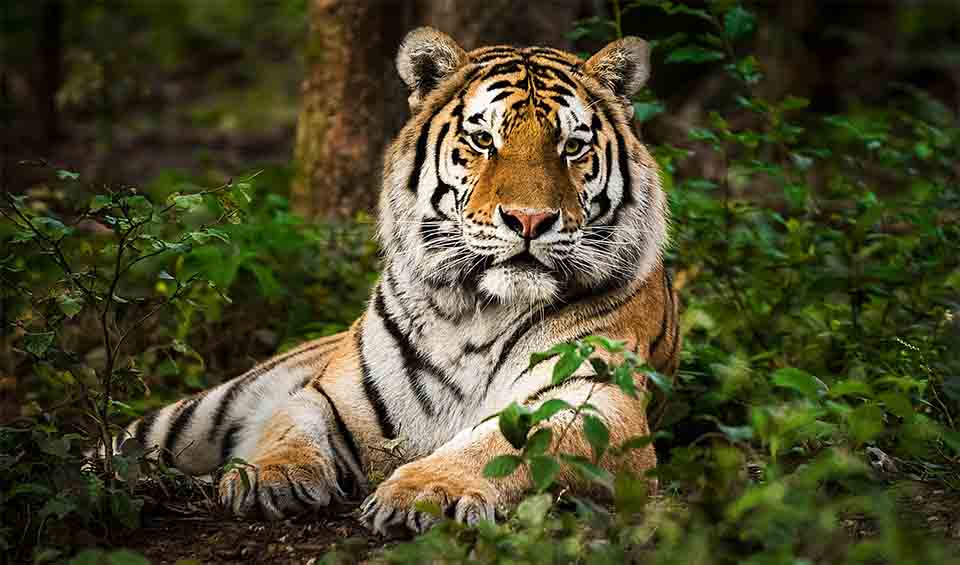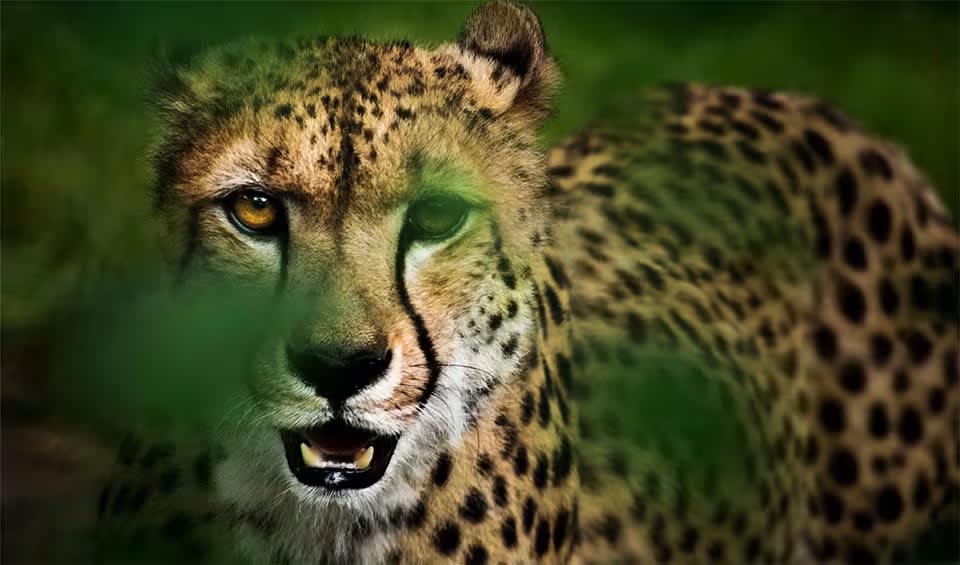The King vulture is a large bird of prey from the New World family Cathartidae. This species is distinguishable from other vultures by its predominantly white body plumage, sharply contrasted by black flight feathers (remiges) and a striking, multi-colored head and neck. The bird’s head and neck are nearly bald, showing skin with red, orange, purple, and yellow hues, which are thought to play a role in thermoregulation and potentially in social interactions.
A conspicuous red ring surrounds the King vulture’s eyes, and its powerful beak, designed to tear through tough carcasses, ends in a sharp hook. The caruncle’s fleshy growth above its nostrils adds to its distinctive facial features and is particularly prominent in adult birds.
These birds are indeed kings regarding their range and dominance at a carcass. They are found across a wide geographic range in the Americas, from southern Mexico to Central America to northern Argentina. Their habitats include tropical lowland forests where they soar high above the canopy.
Contrary to popular belief and unlike some Old World vultures, the King vulture does not have a well-developed sense of smell. Instead, they rely on their keen eyesight to spot carrion from a great distance while in flight. They often observe the behavior of other scavenger species as an indicator of where a carcass might be located.
Distribution
 Argentina
Argentina Belize
Belize Bolivia
Bolivia Brazil
Brazil Colombia
Colombia Costa Rica
Costa Rica Ecuador
Ecuador El Salvador
El Salvador French Guiana
French Guiana Guatemala
Guatemala Guyana
Guyana Honduras
Honduras Mexico
Mexico Nicaragua
Nicaragua Panama
Panama Paraguay
Paraguay Peru
Peru Suriname
Suriname Trinidad & Tobago
Trinidad & Tobago Uruguay
Uruguay Venezuela
VenezuelaDid you know?
- When the king arrives, other birds, including other vultures, make a way!
- They dominate over the carcass.
- They live solitary life away from human habitations, residing in wooded areas and lowland forests.
Anything we've missed?
Help us improve this page by suggesting edits. Glory never dies!
Suggest an editGet to know me
Terrestrial / Aquatic
Altricial / Precocial
Polygamous / Monogamous
Dimorphic (size) / Monomorphic
Active: Diurnal / Nocturnal
Social behavior: Solitary / Pack / Herd
Diet: Carnivore / Herbivore / Omnivore / Piscivorous / Insectivore
Migratory: Yes / No
Domesticated: Yes / No
Dangerous: Yes / No




